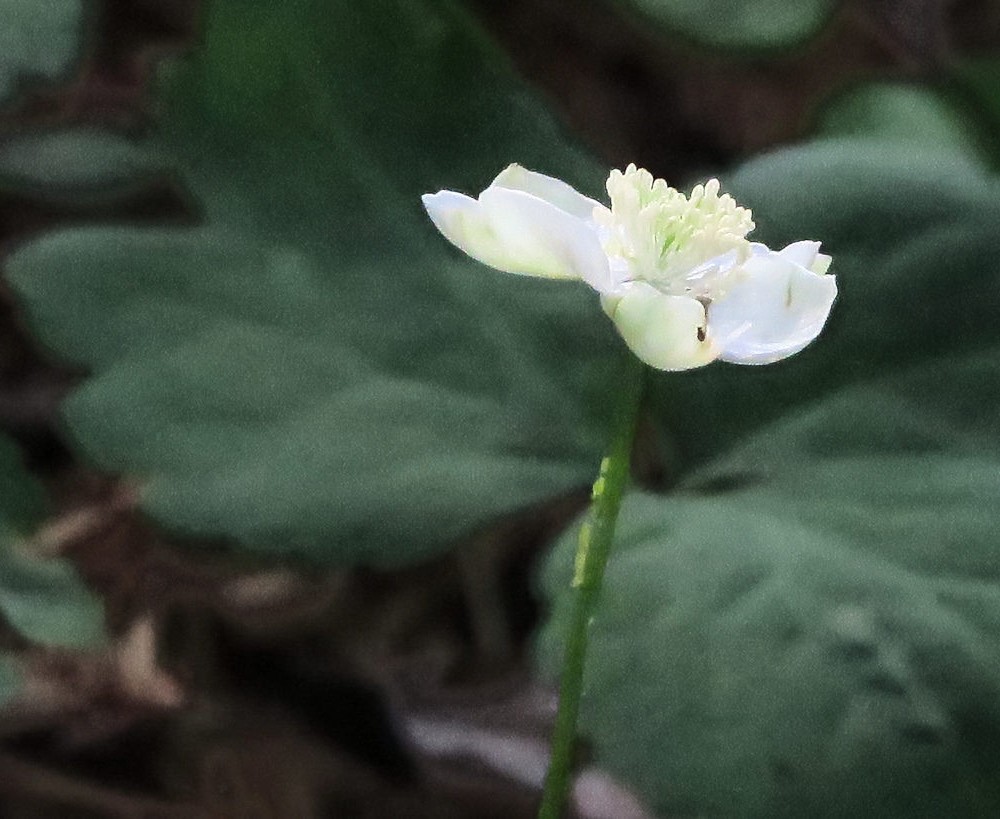Snowdrop anemone
(Pulsatilla vulgaris)

Description
Anemonoides sylvestris (syn. Anemone sylvestris), known as snowdrop anemone or snowdrop windflower, is a perennial plant flowering in spring, native to meadows and dry deciduous woodlands of central and western Europe and temperate Asia. It forms spreading patches, sometimes aggressively spreading. Another name is wood anemone, but this more commonly refers to the European A. nemorosa or the North American A. quinquefolia. The species grows 1–1.5 feet (0.30–0.46 m) tall with white flowers which bloom in April. Flowers have five petals with yellow anthers in the center and are fragrant. Cultivars include Anemonoides sylvestris 'Madonna'. Anemone is a genus of flowering plants in the buttercup family Ranunculaceae. Plants of the genus are commonly called windflowers. They are native to the temperate and subtropical regions of all continents except Australia, New Zealand and Antarctica. The genus is closely related to several other genera including Anemonoides, Anemonastrum, Hepatica, and Pulsatilla. Some botanists include these genera within Anemone. Anemone are perennials that have basal leaves with long leaf-stems that can be upright or prostrate. Leaves are simple or compound with lobed, parted, or undivided leaf blades. The leaf margins are toothed or entire. Flowers with 4–27 sepals are produced singly, in cymes of 2–9 flowers, or in umbels, above a cluster of leaf- or sepal-like bracts. Sepals may be any color. The pistils have one ovule. The flowers have nectaries, but petals are missing in the majority of species. The fruits are ovoid to obovoid shaped achenes that are collected together in a tight cluster, ending variously lengthened stalks; though many species have sessile clusters terminating the stems. The achenes are beaked and some species have feathery hairs attached to them. Anemone was named by Carl Linnaeus in 1753 and is situated in the tribe Anemoneae, subfamily Ranunculoideae, and the family Ranunculaceae. As considered in the broader sense (sensu lato) the genus is sometimes considered to include a number of other genera, such as Anemonoides, Anemonastrum, Hepatica, Pulsatilla, Knowltonia, Barneoudia, and Oreithales. Several of these were included as separate genera within Anemoneae by Wang et al., a tribe with six genera in total.
Taxonomic tree:







